vtol:flaps
WARNING!: THE SPOILERON IS NOT STABLE
yes, you're not blind, this 4 screenshot on this post
I took off the logo from my Xian MA60
WIKI
The de Havilland Canada DHC-7, popularly known as the Dash 7, is a turboprop-powered regional airliner with short take-off and landing (STOL) performance. It first flew in 1975 and remained in production until 1988 when the parent company, de Havilland Canada, was purchased by Boeing and was later sold to Bombardier. Bombardier sold the type certificate for the aircraft design to Victoria-based manufacturer Viking Air in 2006.
In the 1960s, de Havilland Canada was already well known worldwide for their series of high-performance STOL aircraft, notably the very popular DHC-2 Beaver and DHC-6 Twin Otter. However, these aircraft were generally fairly small and served outlying routes, as opposed to the busier regional airliner routes which were already well served by larger, higher-performance turboprop aircraft such as the Fokker F27, Fairchild F-27, Convair 580, Convair 600, and Hawker Siddeley 748.
The de Havilland Canada company personnel felt they could compete with these designs in a roundabout way. With their excellent STOL performance, their designs could fly into smaller airports located in city centres and smaller, outlying, more austere airports having runways that the other aircraft could not easily use (unpaved, unimproved). The original specification called for a 40-passenger aircraft with a fairly short range of 200 statute miles,[citation needed] operating from runways only 2,000 ft long (610 m).
With new noise restrictions coming into effect throughout the 1970s, an aircraft tailored for this role would also have to be very quiet. Propeller thrust is a factor of blade length and chord and the speed at which it rotates. To meet these new regulations, the new design used much larger (oversized) propellers geared to rotate at a slower speed than is normally designed. Much of the problem sound from a typical propeller is generated at the tips of the blades which are rotating just beneath the speed of sound. By using overlarge propeller blades, no need exists to have the blade tip reach near the speed of sound, and the speed can therefore be reduced without sacrificing thrust. In reducing the speed, this noise is reduced substantially. The Dash 7 often landed at only 900 rpm, and took off at only 1,210 rpm. The propellers on the Dash-7 are constant-speed propellers which change the blade angle to push more or less air as needed. This can be used to change power while maintaining a constant (and lower) speed.
In other respects, the new DHC-7 was essentially a larger, four-engine version of the Twin Otter: the general layout remained similar, with a high aspect ratio, high-mounted wing, and similar details of the cockpit and nose profile. Changes included the addition of cabin pressurization (requiring a switch to a fuselage with a circular cross-section), landing gear that folded forward into the inner engine nacelles, and a large T-tail intended to keep the elevator clear of the propwash during take-off (the Twin Otter's empennage was a cruciform arrangement).
The Twin Otter incorporated "flaperons" that drooped the ailerons as part of the flaps, but these were not included in the Dash 7 due to weight and complexity. Instead, the ailerons were reduced in size to allow more flap area, and were augmented with two sets of roll spoilers, or "spoilerons". The inboard roll spoilers operate at all speeds. while the outboard roll spoilers only operate at speeds less than 130 KIAS to allow for more roll control at slower speeds. Upon touchdown, both the inboard and outboard roll spoilers extend in unison to aid in destroying lift created by the wing. Each wing also includes two ground spoilers which only extend on touchdown. Most of the trailing edge is spanned by a complex, double Fowler flap arrangement for high lift at low speed. During a typical STOL landing, flaps are selected to the 45° position, generating more lift and drag, thus allowing for steeper descents and slower approach speeds. Depending on weight, the VREF speed with flaps at 45° is between 70 and 85 knots. On touchdown, through "squat switches" in the main gear, the flaps automatically retract to the 25° position, thus reducing lift once on the runway and producing better braking performance. The flaps also retract to 25° when engine power is increased during a go-around procedure. The four-engine layout aids lift at low speeds due to the wide span of the propellers blowing air over the wing ("propwash"). When reverse thrust is selected on landing, the props reverse pitch, push air forward, and slow the aircraft very effectively along with the antiskid wheel brakes. More importantly, if an engine fails, the asymmetric thrust is much less than on a twin-engine layout, thereby increasing safety and allowing for a lower minimum control speed with an engine inoperative .
Gallery
Credits
Engine by AnIndonesianGuy's ATR 72-600 Wings Air (i just modified the shape and power. Not like in my CN-235, the rotor are not easy to overspeeding)
Specifications
Spotlights
- Moonraker 4.9 years ago
- IdnManufacturer 4.9 years ago
General Characteristics
- Created On Android
- Wingspan 101.8ft (31.0m)
- Length 87.6ft (26.7m)
- Height 28.9ft (8.8m)
- Empty Weight 32,388lbs (14,691kg)
- Loaded Weight 56,498lbs (25,627kg)
Performance
- Power/Weight Ratio 0.198
- Horse Power/Weight Ratio 0.212
- Wing Loading 41.8lbs/ft2 (203.8kg/m2)
- Wing Area 1,353.2ft2 (125.7m2)
- Drag Points 26470
Parts
- Number of Parts 169
- Control Surfaces 9
- Performance Cost 800

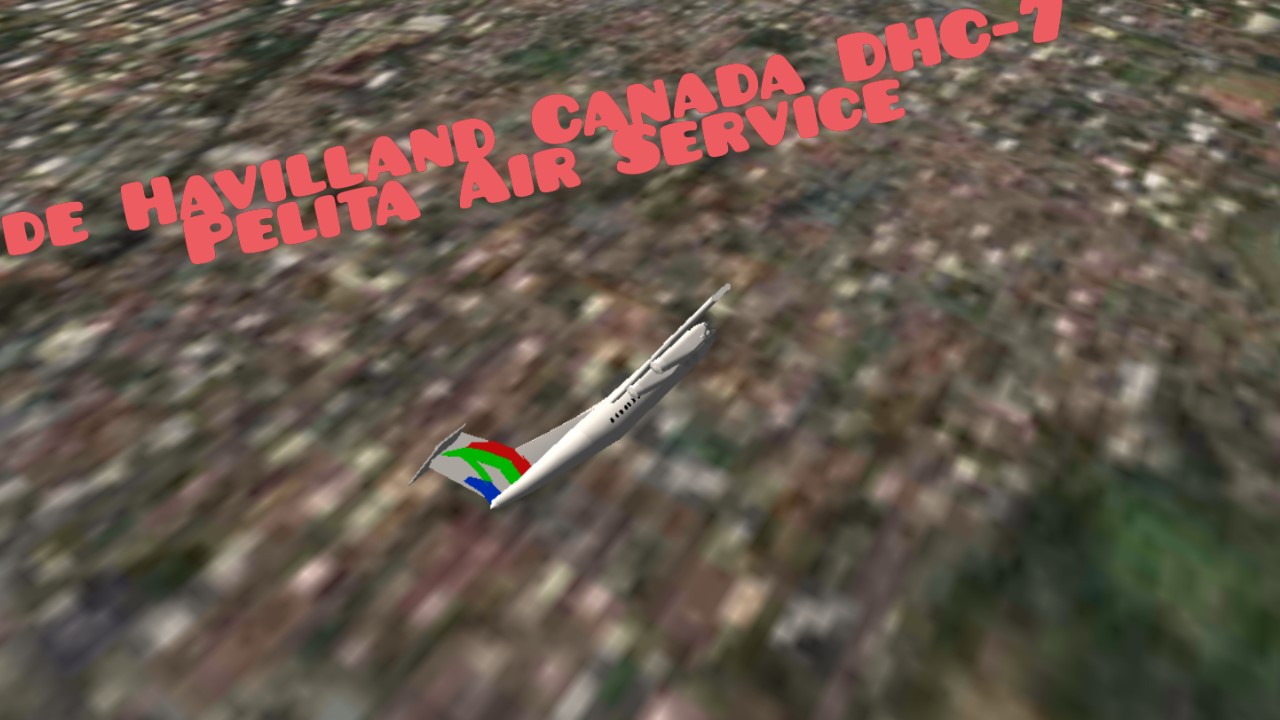
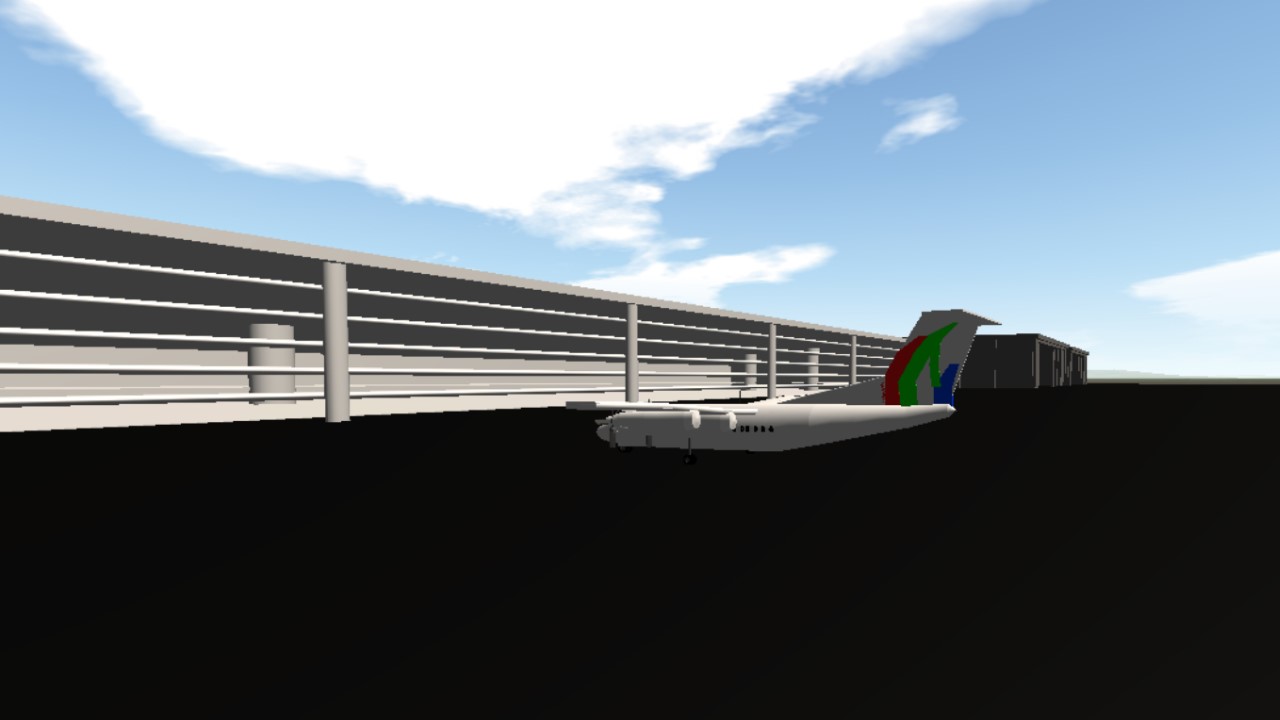

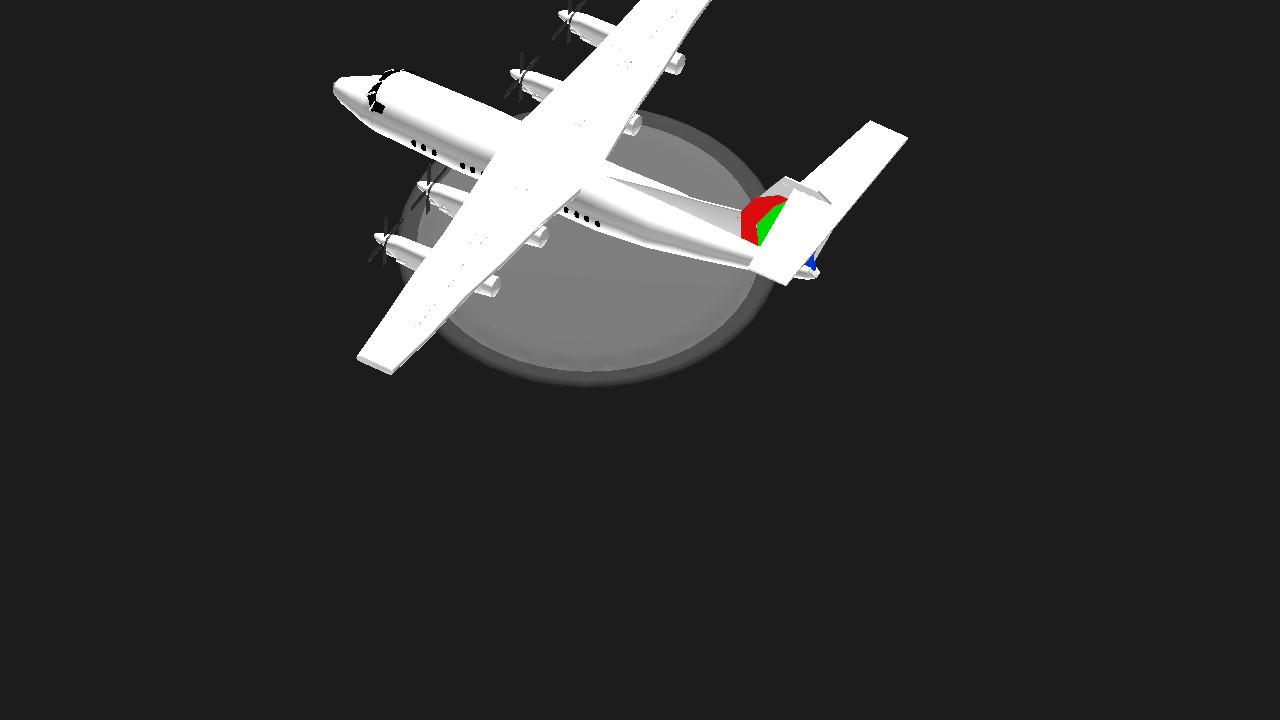
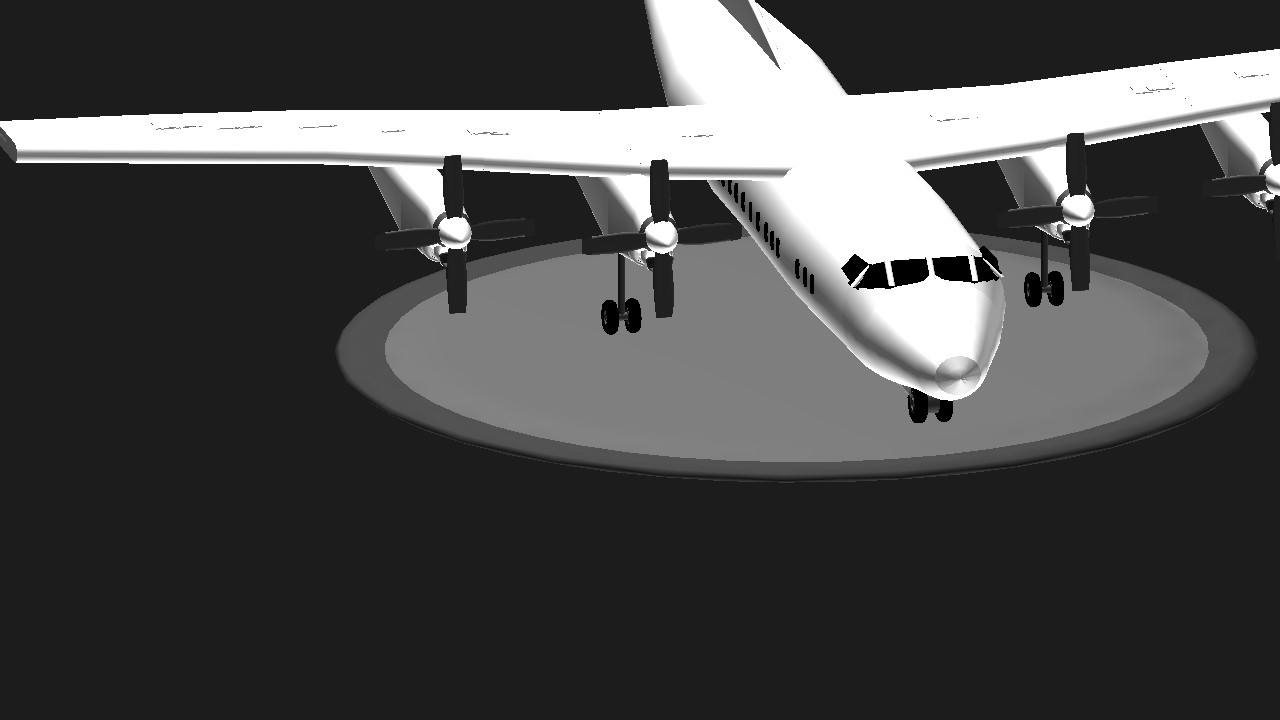
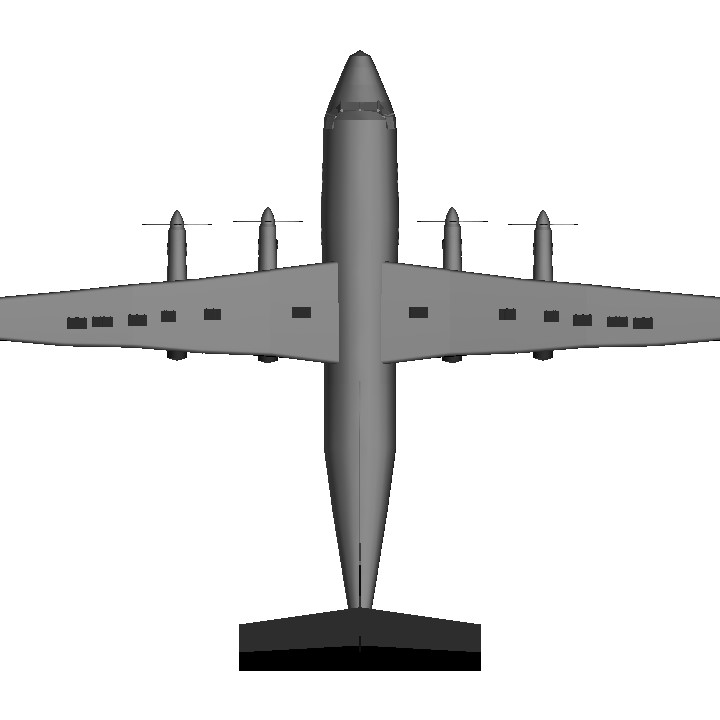


That’s actually the right pusab. Nice.
Bikin CN - 295 yg livery polri kk
keren